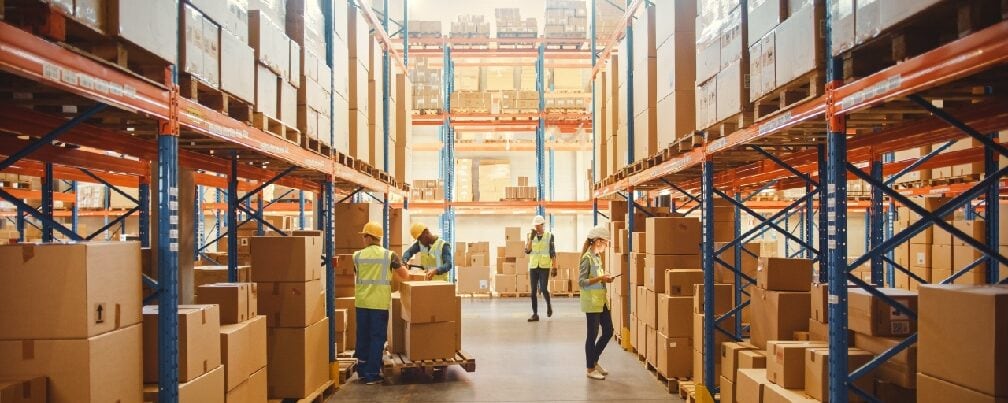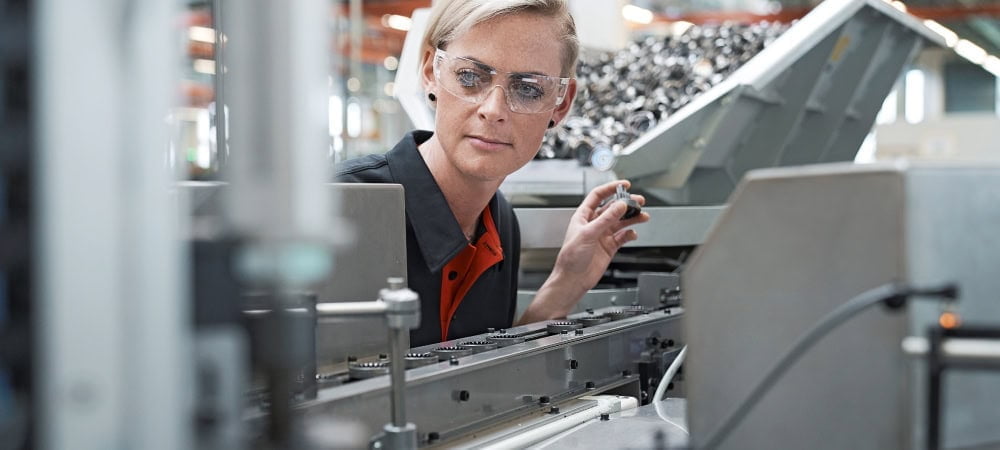Augmented reality supports store employees and customers


Augmented reality is the extension of the real world by computer-aided information and its direct visual integration into the respective context.
In order to make these diverse opportunities available to retailers, Allgeier and a major German drugstore joined forces in a design thinking process.
The result is an innovative app that addresses the current challenge of the growing need for information among end customers about product properties and potential incompatibilities.
With the help of this app, store employees are enabled to display product properties and ingredients (is the product vegan, does it contain mineral oils, is it suitable for pregnant women, etc.) directly on the item so that they can better advise customers.
After entering the relevant selection criteria into the app, the user scans the labels of one or more products, and the display then indicates whether or not the item meets these requirements by highlighting it in color. Reading and deciphering the often cryptic and therefore difficult to understand ingredients can be avoided in this way.
In addition to item properties, the app also enables the display of other information from the transactional systems, such as the number of items in stock at the store, online inventory or the date of the next scheduled goods receipt.
Central to the technical implementation of this concept is the integration of the SAP Customer Activity Repository (CAR), which enables retailers to process store data in real time. By merging customer, sales and inventory data, a central, service-oriented omni-channel platform is created.
After the consistently positive experiences with augmented reality in use by employees, we are currently working with a German furniture store on an end customer app. The use case here is completely different, so the focus is on the shopping experience and the search and collection of goods is radically simplified.
The customer can scan various items and place them in a virtual shopping cart in the store. The item can then be paid for and picked up at the store.
If an item is no longer in stock, the inventory in neighboring stores can be queried and the item can also be reserved or ordered directly.
All the functions mentioned were implemented using a service-based architecture. For this purpose, services from both the ERP and the CAR system are used. For example, we use the CAR component Omnichannel Article Availability and Sourcing (OAA) for inventory information and reservations.
The information on the upcoming goods receipt is provided directly via a service from the ERP. This also applies to all logistics processes, which are also triggered via a service in the ERP.
The information around the product properties is stored in a local database on the smartphone. This is updated when the user logs in for the first time. We decided to take this step because constant, latency-free Internet access is not guaranteed in all stores.
In the course of developing the first prototypes, it became apparent that while normal barcodes work well on the shelf, QR codes show a much better result. The autofocus of the smartphones was also still a problem.
The constant focus led to a kind of flickering. Image recognition of the products is currently not a valid option for use on smartphones in the store. On the one hand, teaching all articles via machine learning involves an enormously high effort, and on the other hand, the battery consumption on the smartphones is unacceptably high for image recognition.
Of course, many more features can be found for an augmented reality app. Among other things, we plan to color-code "wrong" prices as well as to give employees the possibility to directly reorder missing goods in case of presence gaps.





